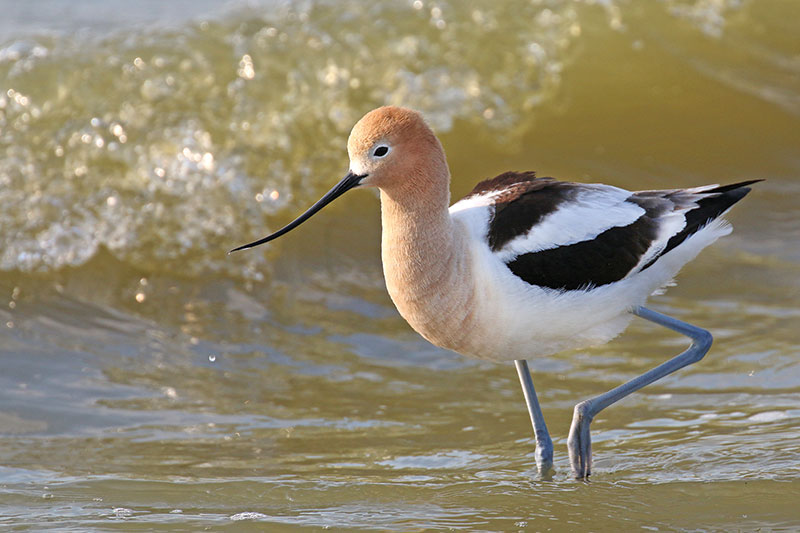Back Cast

The toughest part of the hike isn’t the distance – just a couple miles round-trip – it’s the beginning.
A barbed wire fence, and a nearly unmanageable gate, blocks the two-track path but lends a low spot that you can sort of crawl and roll under if you don’t mind getting dirty, or a little wet, depending on the day.
The little-used two-track runs the straight-shot divide between private land to the north and public land to the south, marked by the Game and Fish Department’s yellow PLOTS signs.
Woody vegetation hugs the shoulders of the path in places and grows randomly in the two-track itself, signaling that passersby do so mostly on foot and not in vehicles.
Hiking without talking, just eyeing the prairie and occasionally watching our step, we’ve more than once flushed sharp-tailed grouse from skinny cover that seemingly couldn’t hide a bird that’s only slightly smaller than a hen pheasant.
Sometime back, less than a half-mile from here, we pulled off the blacktop to watch a dozen or so sharptails coo, strut and spar on a prairie flat spot that has likely hosted this springtime communal display for years.
While we hike with intention, to eventually cast colorful lures to northern pike in the first-to-warm shallow bays of a decent-sized lake, we know we’ll always have the birds.
This distraction of long-legged shorebirds, skittish ducks, dog-sized pelicans and the conventional disturbance of red-winged blackbirds is typically the only thing certain about these day trips.
Or so we thought.
Someone once said that timing is everything. It’s unlikely they were referring to the seasonal coming and going of migrant birds, or hitting the pre- or post-spawn northern pike bite dead solid, but it applies.
When we locked the pickup and negotiated the barbed wire fence, we were 10 days, give or take a day or two, earlier than the last three springs.
On the hike in we talked about the squadron of pelicans we flushed the year prior, and the left-behind whitish egg, bigger than a fist, that rested unmolested just off the side of the trail. We talked about the conspicuous avocets, one of the few shorebirds we can readily identify because they are so obvious, that sweep their long bills back and forth in the shallow water in search of food maybe 50 yards from where we fish. We talked about the speculation of winterkill and how many pike we’d spot in the skinny water near shore.
Just two, it turned out.
Winter was tough on fish in a number of North Dakota fisheries, and the lake that feeds the backwater we frequently fish appeared to be one of them.
While low oxygen under ice in late winter likely accounts for the lack of pike, it doesn’t figure in to the absence of those migrant birds that often provide such good company in spring.
That is simply bad timing, something you’ll rub up against now and again if you spend enough time outdoors.
